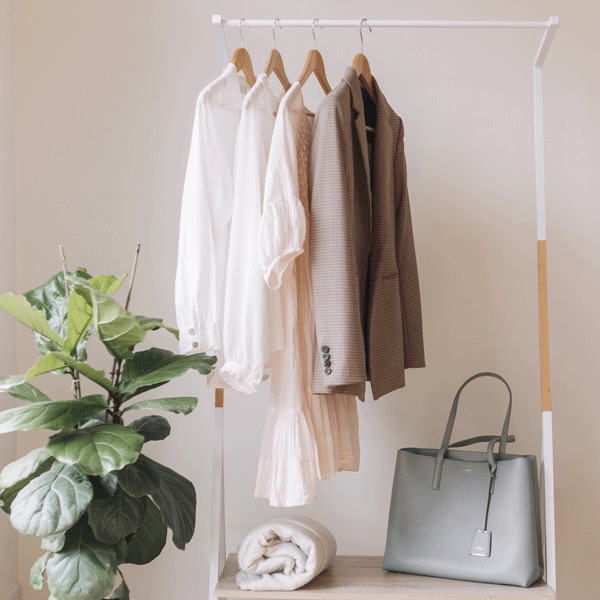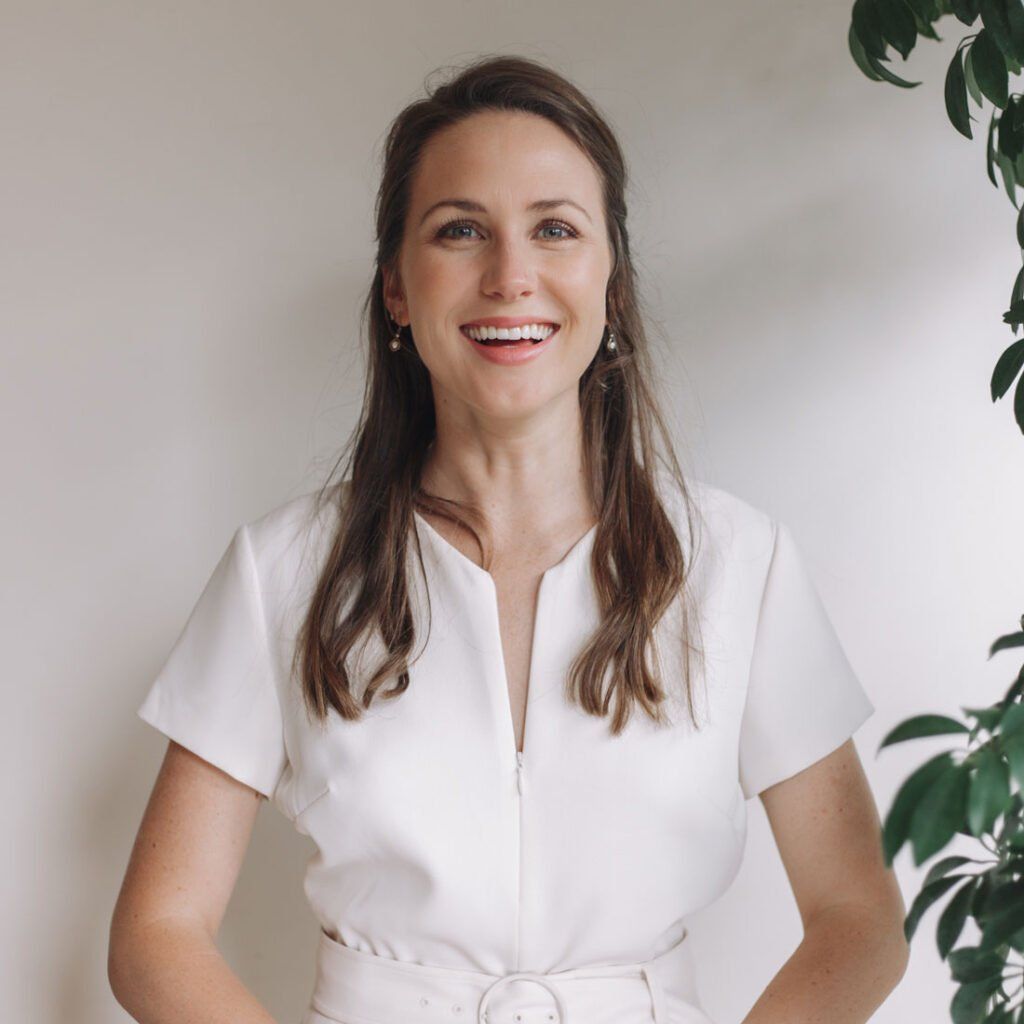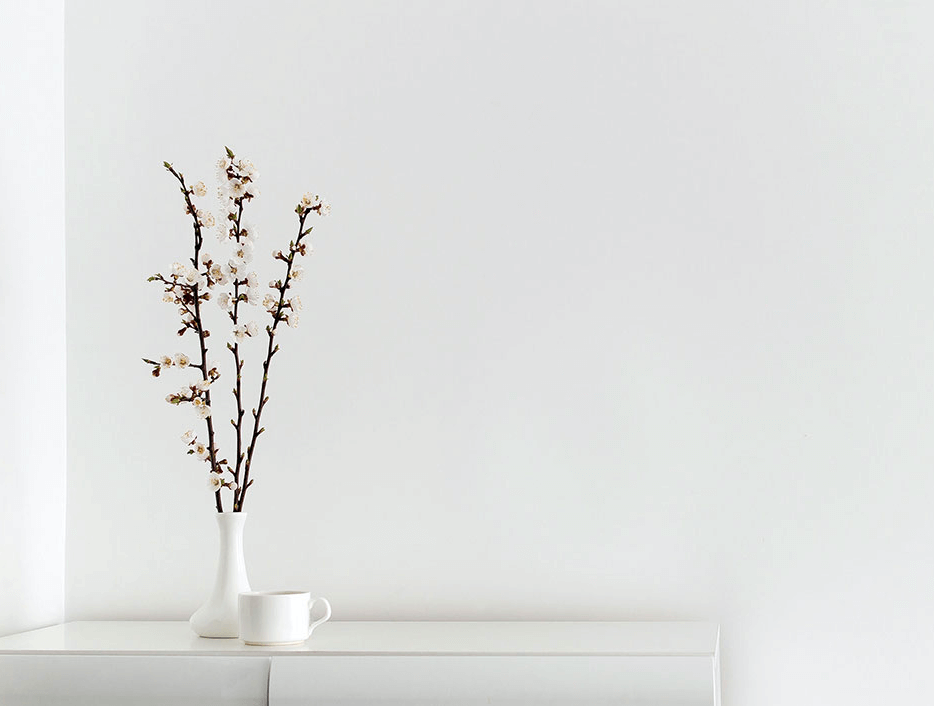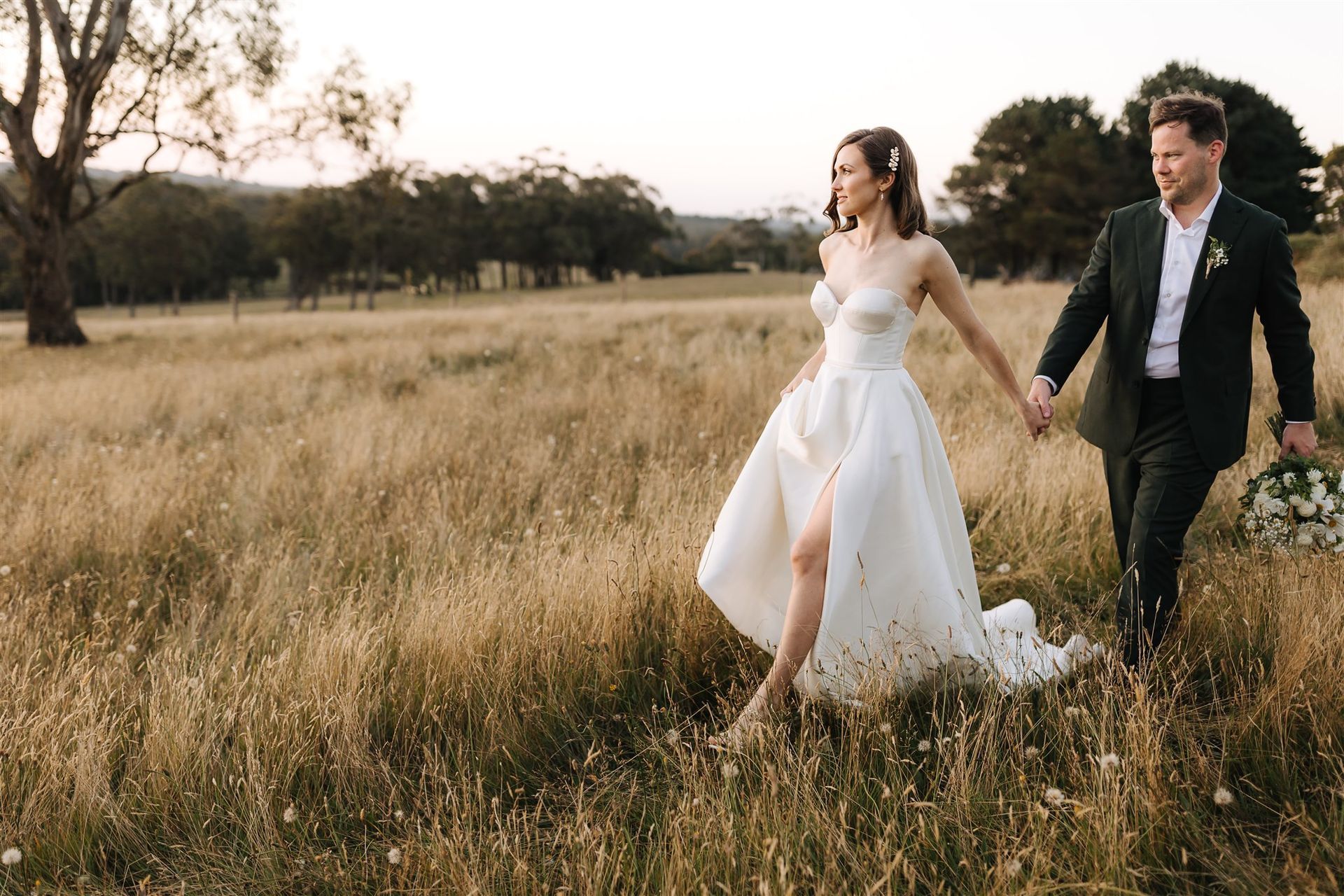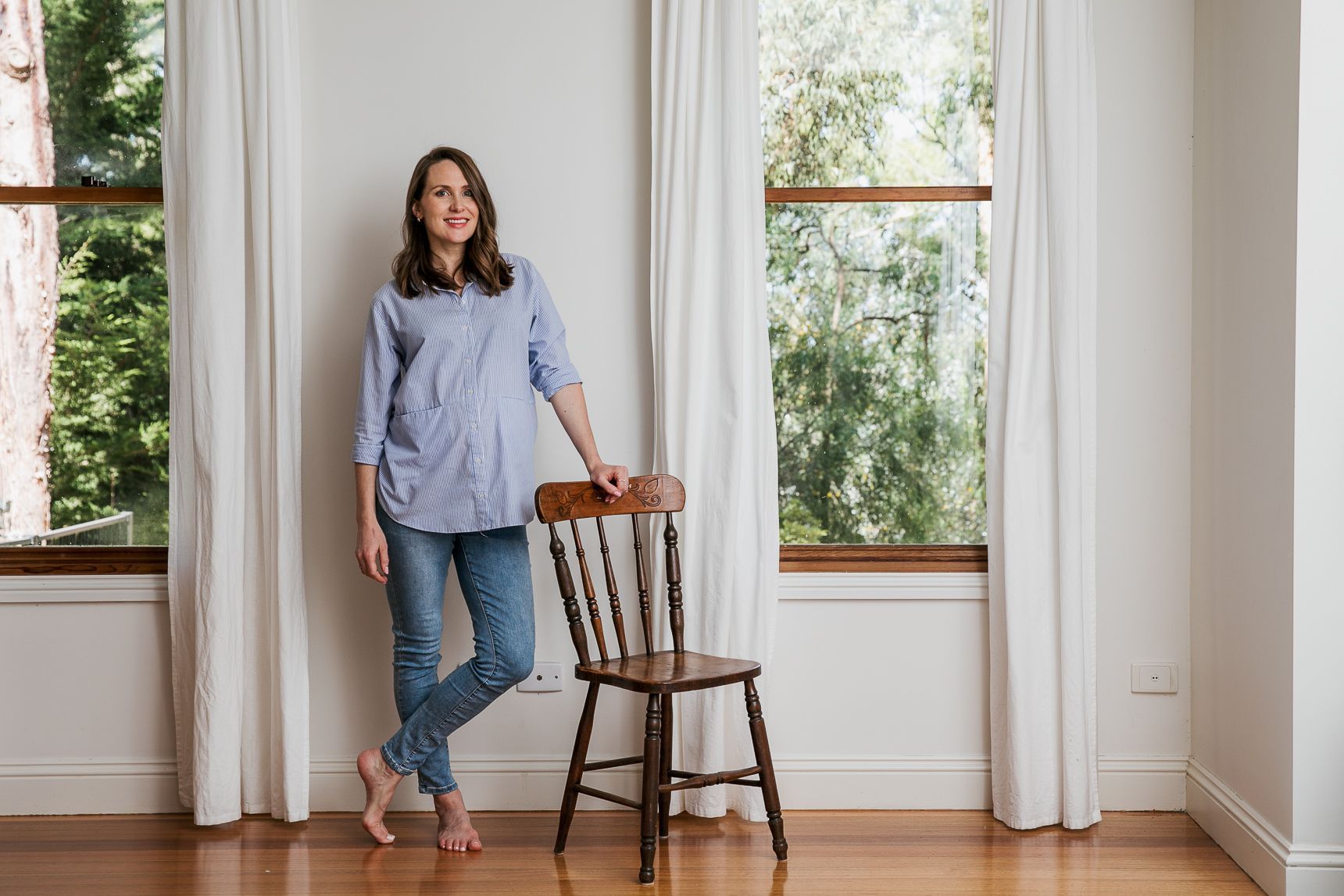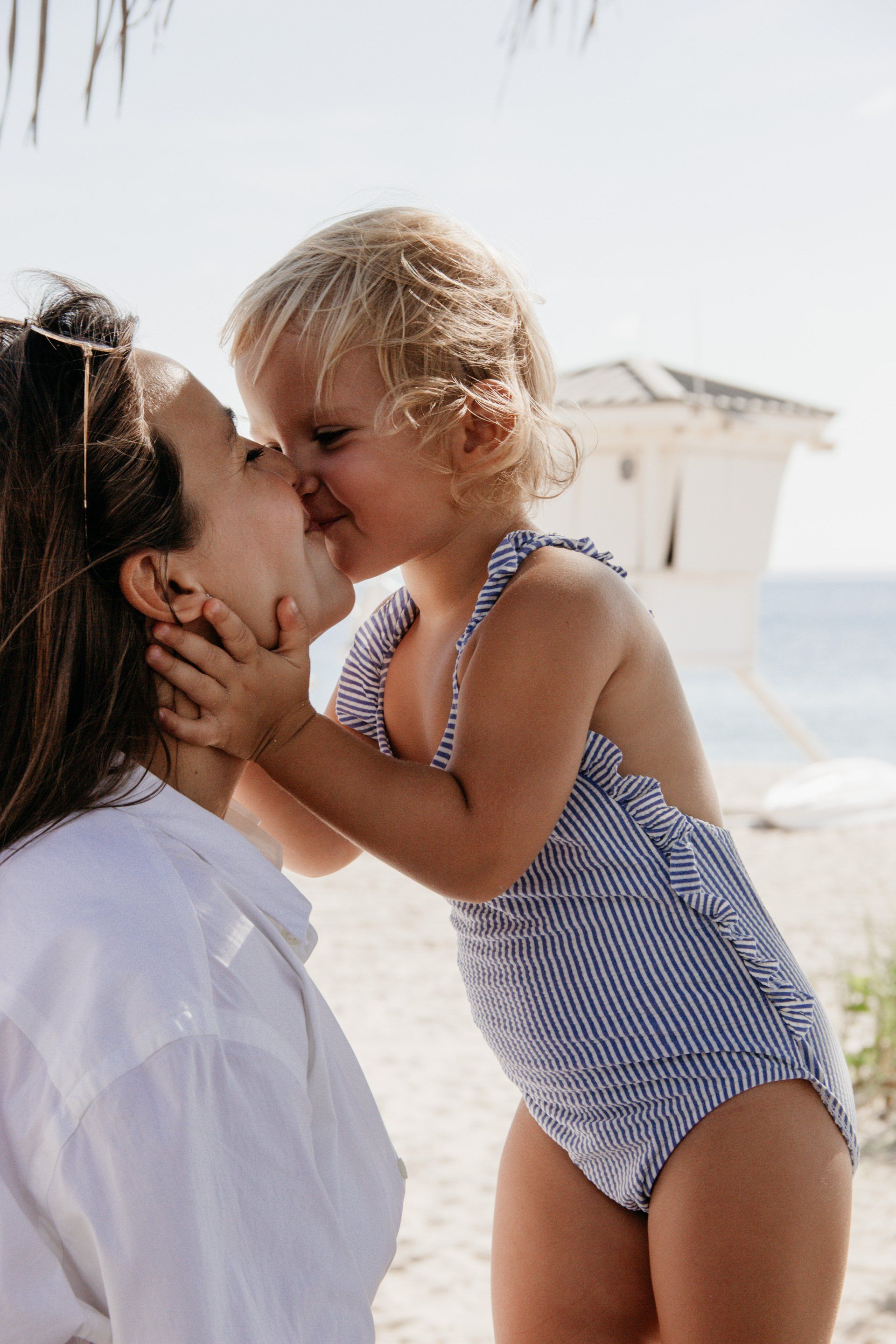I’m often asked – ‘is the KonMari method the same as minimalism?’ The short answer is no. At first glance they may look similar, and both certainly involve decluttering in some form, but the principles behind them are quite different.
Is Konmari the same as Minimalism?
What is the KonMari Method?
The primary focus of the KonMari method is finding joy. It’s about surrounding yourself with objects that light you up. When tidying using this method, we define what joy means, and declutter in categories until we are left with only those things which spark joy.
Of course, what sparks joy is unique to everyone, so every space tidied according to the KonMari method will look different. Some clients I have worked with have been left with empty rooms; for others, their space just looks more organised and calm.
This individuality is one element of my job which I love so much. When I arrive at a new client’s home, the outside can look like any other, but the interiors are always unique.
What the KonMari Method is not ?
The method does not ask you to throw out as many of your possessions as you possibly can. In the words of Marie Kondo, ‘Tidying is about what you want to keep in your life, not what you want to eliminate.’

KonMari does not ask you to throw out your possessions
What is minimalism?
Minimalism, as the name suggests, advocates for living with less – specifically less stuff – the theory being that the less meaning you attribute to your physical possessions, the more space you will have to find meaning in intangible things like your relationships, your passions, and your health.
According to The Minimalists , ‘minimalism is a tool to rid yourself of life’s excess in favour of focusing on what’s important – so you can find happiness, fulfilment, and freedom.’
Minimalism is undoubtedly more extreme than the KonMari method
Unlike the KonMari method, minimalism isn’t a precise method – it’s more of a lifestyle and one that is open to interpretation. What’s considered important won’t be the same for everyone – some minimalists find meaning in travel, others in giving back to society, and others focus on creative pursuits.
Minimalism is often undoubtedly more extreme than the KonMari method. Some minimalists may let go of objects which many of us find hard to do, such as photos, heirlooms, and sentimental items.
So which one is right for me, minimalism or the KonMari Method?
Even though I have never classified myself as a minimalist, and until recently was never particularly attracted to the idea, I now find myself increasingly drawn to minimalism.
Every time I do a quick once over in my home, generally at spring time or when moving, I find myself craving less.
A big part of this shift in my thinking is that the more I study our use of the earth’s resources, the more I learn how unequal my share is. By 2050, the UN predicts that there will be an additional 2.5 billion people in the world’s urban population. The only way we can all live together harmoniously with the environment and each other is to live with less.
I believe minimalism could bring us joy, sustainability and calm.
The takeaway? You don’t necessarily have to choose between minimalism and KonMari. You can use the KonMari method to tidy your space, while at the same time exploring minimalist ideas. If the idea of creating a dreamy home sanctuary and a sustainable world brings you joy, then you’ll probably find that like me, you need a bit of both.
The post Is Konmari the same as Minimalism? appeared first on Home Sanctuary.

